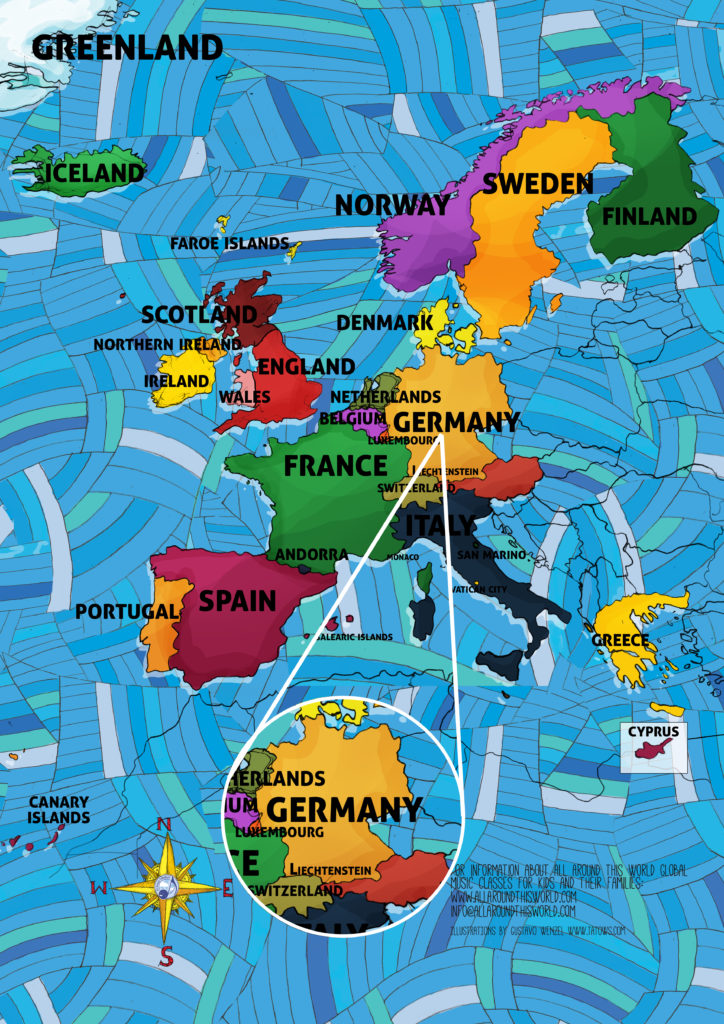The Adelaide Village Band does “oom-pah” right….
Oom-pah is a form of brass band music popular in Germany, Austria, Switzerland, and around Eastern Europe, though it is most widely identified with the folk music of Bavaria, a state located in southeastern Germany that borders Austria and Switzerland and encompasses many picturesque Alps. The term “oom-pah” simulates the prevailing sound of “oom-pah” songs–a tuba plays the “oom,” and instruments with a higher pitch, like clarinets, accordions or trombones, play the “pah.” Enjoy some inspired “oom-pah” in this video of “Oom Pah Chaos” performed by Australia’s Adelaide Village Band. The Government of South Australia Department of the Premier and Cabinet Arts and Culture page has described them as: “The only Latvian brass band in the world outside Latvia and the most genuine Oom-Pah band in Australia.”


